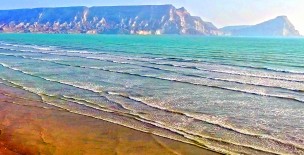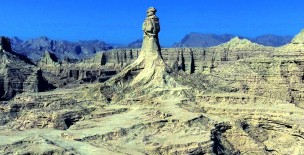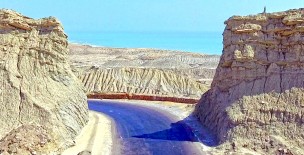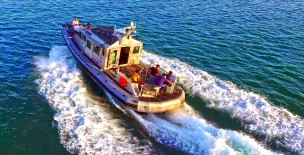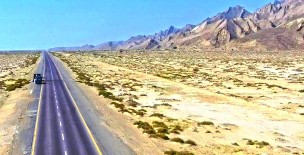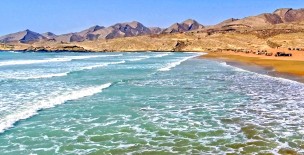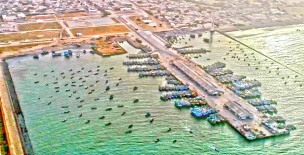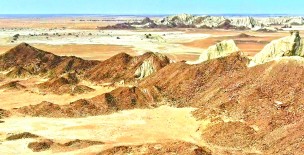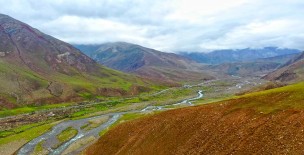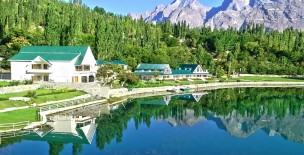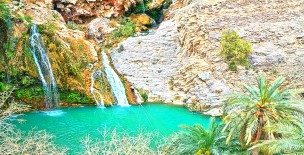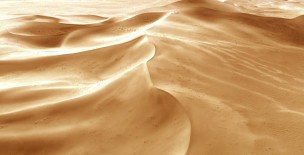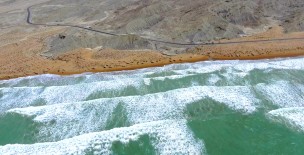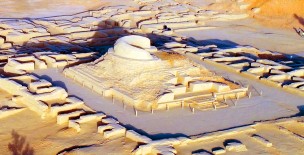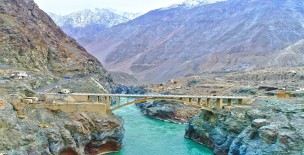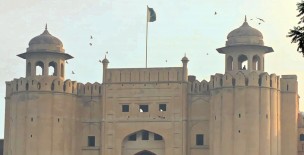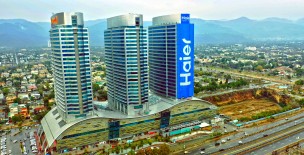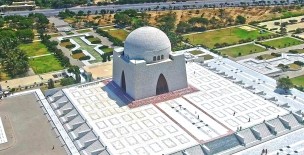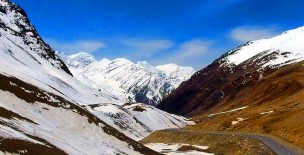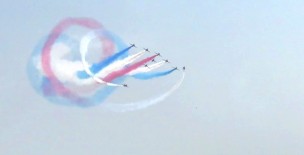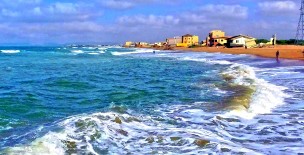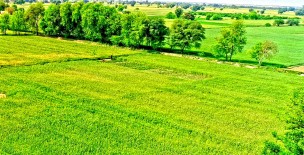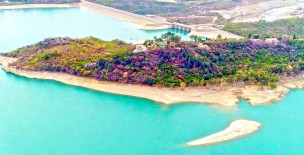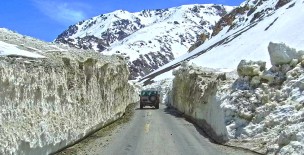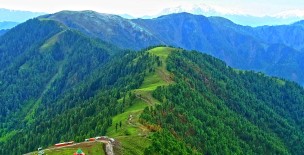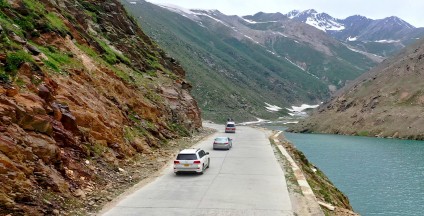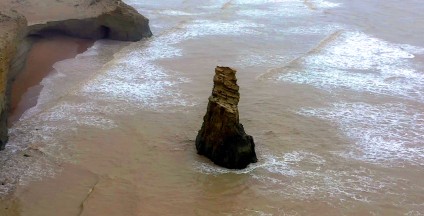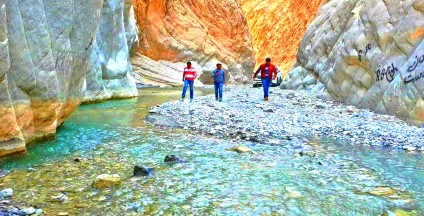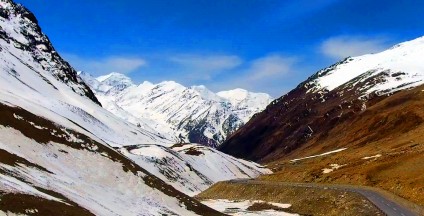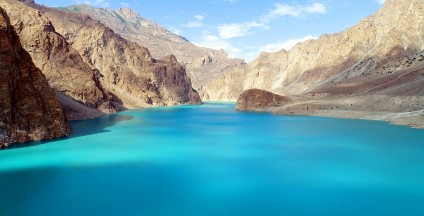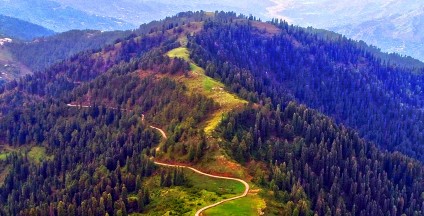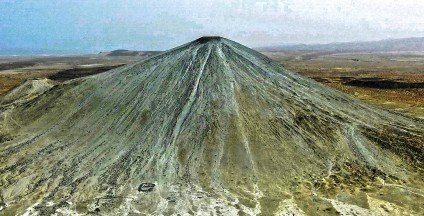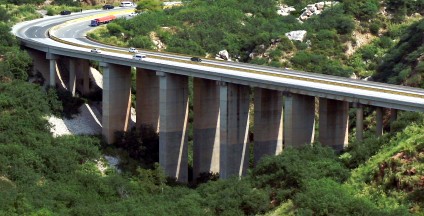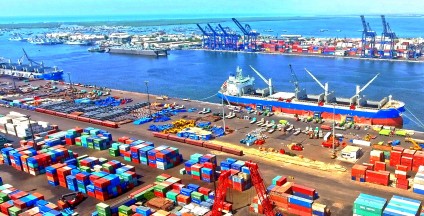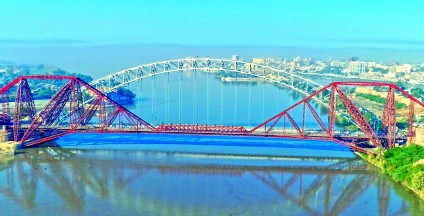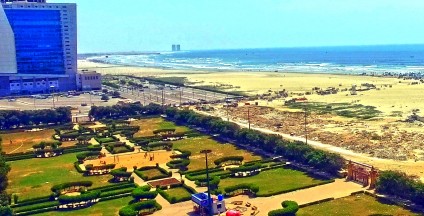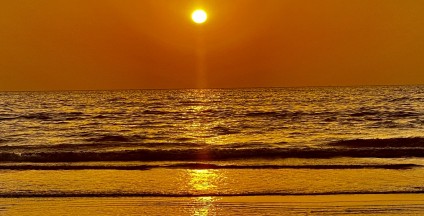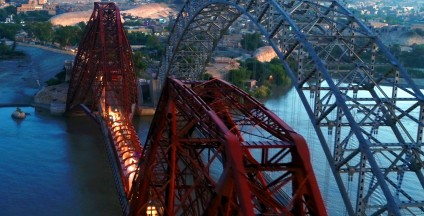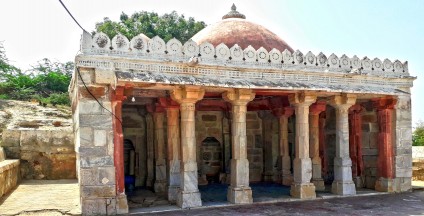The name of Quetta is a corrupted form of ‘Kota’ which is the Persian equivalanet for ‘Fort’ or ‘Palace.
Another theory is that the original name of this place was ‘Shalkot’ but it was known by the Persians as ‘Qata’ which the English altered to Quetta.
The word Miri is derived from ‘Mir’ a local Brahvia word (Balochi dialect) meaning ‘The Chief’. Miri means palace of the chief.
Miri Fort was built in 1883 on a pre historic mound which stoof 80 feet higher than the surroundings. At its base, the mound was 600 feet long and 400 feet wide.
The fort itself is an irregular octagon comprising of mud and bricks, surrounded by a ditch and reinforced at places by wire fence.
According to the local history, Miri has been under occupation of different people since time immemorial.
The occupants also included Greeks who came to the region with Alexander The Great. In the 11th century, Mehmood Ghaznavi from Afghanistan attacked India and established a camp here.
Later it was occupied by the Khan of Kalat. In 1876, British Troops marched into Quetta and occupied the Miri Mound.
In 1886 during digging of the mound for construction some historic articles were found including a 2.3 feet statue of Hercules holding the skind of a lion in his left hand.
After the occupation, the British constructed underground magazines, construction of which was such a high quality that they are still in existence and in perfect condition. Later on this became the Quetta Arsenal.
